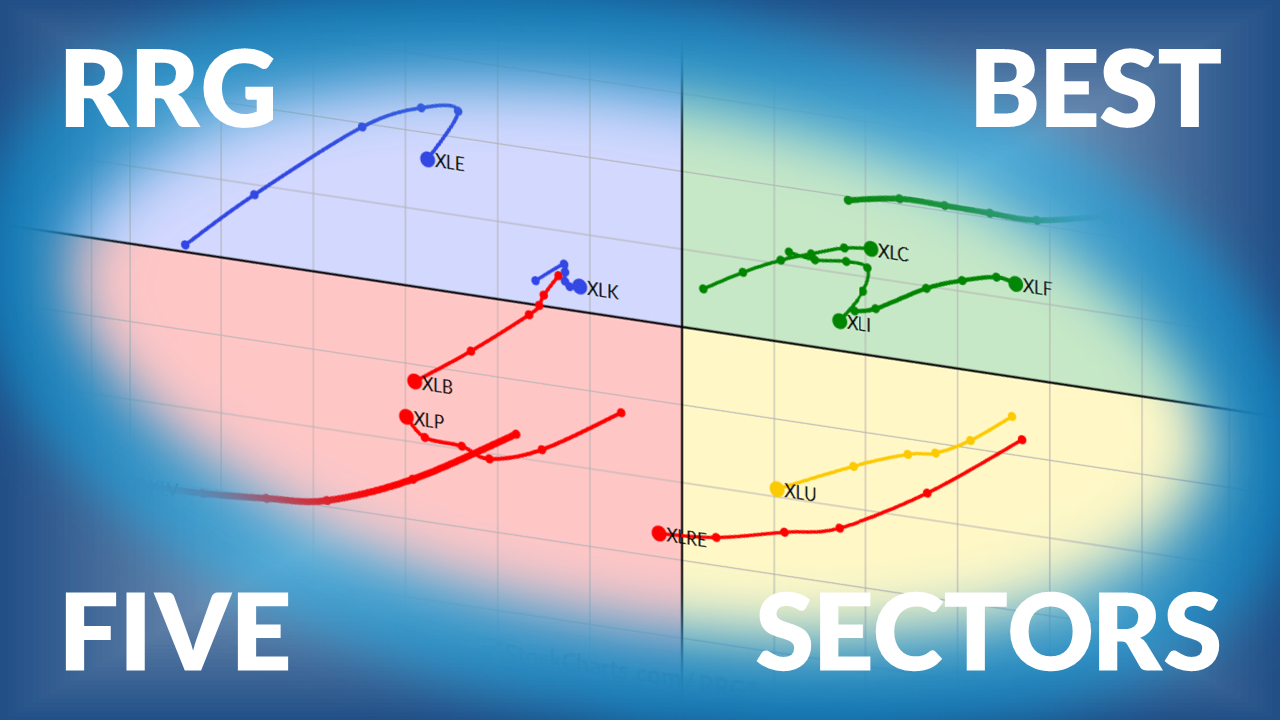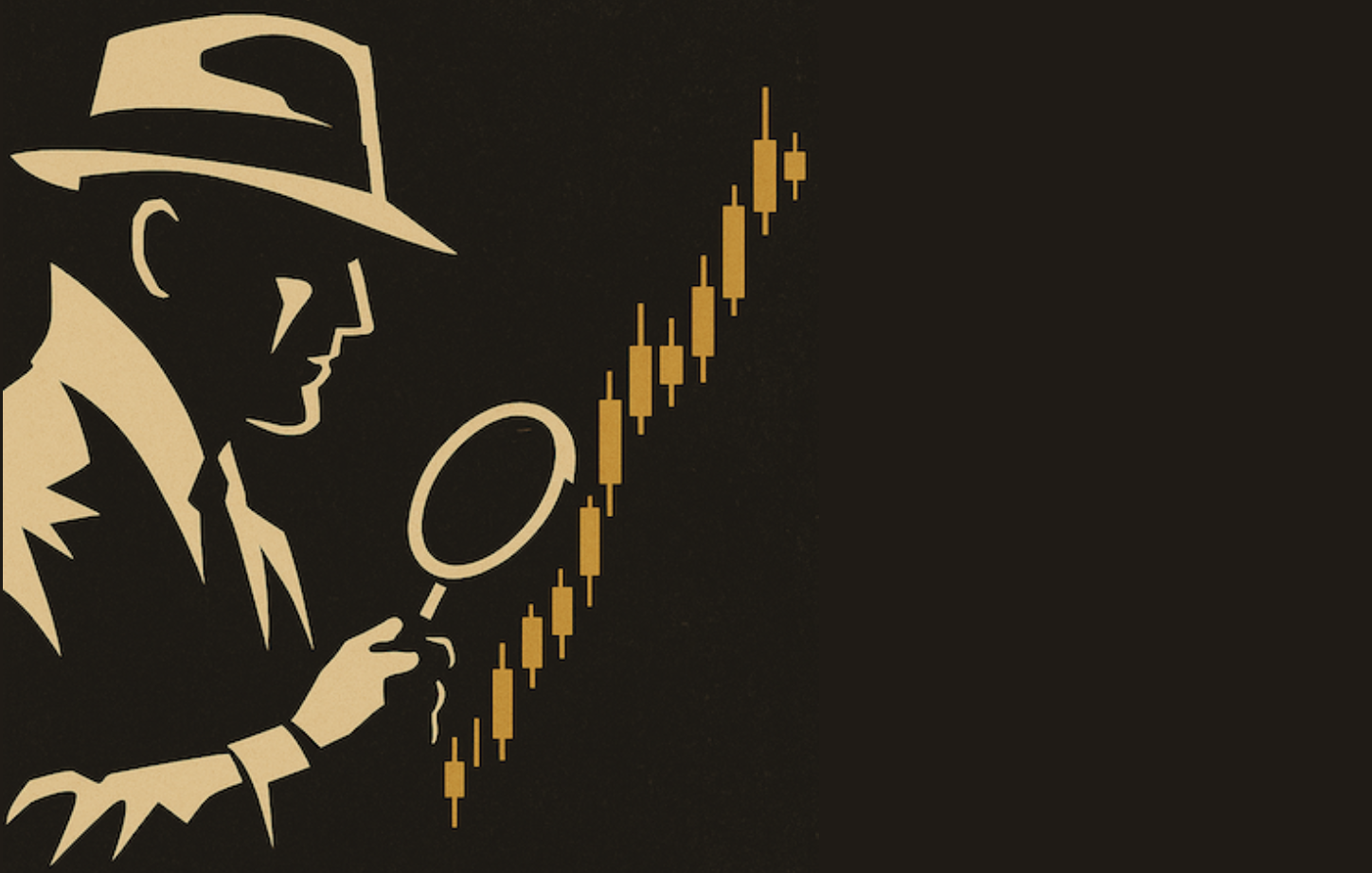POINT & FIGURE BOX SIZE MAKES A DIFFERENCE -- NATURAL GAS STOCKS BREAKOUT -- GOLD AND EURO STILL IN MAJOR UPTRENDS -- ADOBE HITS RECORD HIGH -- SMALL CAPS TEST SUMMER HIGHS
VARY BOX SIZE FOR SENSITIVITY ... One reader asked why I use a 1% box size on my point & figure charts. I do that for two reasons. One is that a percentage box size makes for easier comparisons between markets. Percentage box sizes eliminate the need to figure out which box size is right for each market. I prefer the 1% box size because it gives us the most important signals. Chart 1 shows the 1% box for the Dow. Only three directional signals have been given over last year -- an initial buy the previous August, a sell this August, and another buy this September 18. You can, however, vary the percentage size to make the chart more sensitive. Chart 2 uses a .50% box size for the Dow. That makes the chart twice as sensitive and more useful for faster signals. Problem is it also gives more bad signals. Chart 2 gave an initial buy during August at 13354, but was followed by a bad sell signal in September. Its last buy signal at 13555 took place at the same level as the 1% box in Chart 1. Chart 3 shows the "traditional" box size for the Dow (each box is worth 50 Dow points). Chart 3 shows a sell signal given during July at 13750, and a buy during August at 13200. Unfortunately, it also gave a bad buy signal during August. The nice thing about p&f charts is that you can adjust them to suit your purposes. You can also adjust the traditional box size to vary the chart's sensitivity. Don't use them in a vacuum however. Use point & figure charts in conjunction with your other Stockchart technical tools.

Chart 1

Chart 2

Chart 3
NATURAL GAS STOCKS ALSO HIT NEW HIGHS ... Yesterday, Arthur Hill showed the Oil Service Holders (OIH) and the Energy SPDR (XLE) hitting new record highs. Natural gas stocks are hitting new highs as well. Back on September 14, I included a paragraph entitled "Natural Gas Joins Energy Rally". At the time, the AMEX Natural Gas Index (Chart 4) was lagging far behind oil shares and had just cleared its 50-day moving average (blue arrow). I suggested that natural gas stocks presented a cheaper entry into the surging energy sector. Chart 4 shows that the XNG has since catapulted to a new record high. The three natural gas leaders that I highlighted on September 14 are also shown -- Apache (Chart 5), Noble Energy (Chart 6), and XTO Energy (Chart 7). Of those three, XTO is closest to its breakout point at 64. The continuing surge in energy is part of the buying spree in other commodity assets.

Chart 4

Chart 5

Chart 6

Chart 7
ADOBE HITS RECORD HIGH ... Another reader asked if Adobe qualified as a big-tech Nasdaq leader. It sure does. The daily bars in Chart 8 show Adobe having broken through its late May peak at 44.92. It gets even better. The monthly bars in Chart 9 show the market leader having also cleared its 2000 peak at 43.60. That makes Adobe one of the few big tech stocks to reach a new record high. The relative strength ratio on top of Chart 9 is close to a new record as well.

Chart 8

Chart 9
RISING OIL IS HURTING TRANSPORTS... I received two questions related to transportation stocks. One had to do with the "negative divergence" between the Dow Transports and the Dow Industrials. I'll deal with that one first. The Dow Industrials are trading at a new record high. Chart 10, however, shows the Dow Transports trading 10% off its summer high and below its 200-day moving average. Dow Theory holds that a healthy bull market should have both indexes hitting new highs. Add that to the list of "negative divergences". The second question asked why rising oil prices weren't hurting transports even more. There are two parts to that answer. The line in top of Chart 10 shows oil rising to a record high. The bottom line is the relative strength ratio for the transports. Those two lines are trending in opposite directions, which may be a better way to determine how badly rising oil is hurting transports. Airlines are the most sensitive to rising oil prices. Chart 11 shows a clear negative correlation between the two over the last year. There's no question that record oil is hurting transports in general and airlines in particular.

Chart 10

Chart 11
GOLD AND EURO STILL IN P&F UPTRENDS ... One of the benefits of point & figure charts is that they deal only with price action and keep things simple. The next three charts are good examples of that. Chart 12 shows the streetTracks Gold Trust Shares (GLD) having given a major buy signal during September at 68.09. It's hitting a new 27-year high again today thanks to a falling dollar and a rising Euro. Chart 13 shows the Euro also hitting a record high against the dollar. Both charts use 1% boxes. Chart 14 shows the Euro in a p&f uptrend since April 2006. One of the nice things about currency markets is that they hold their trends very well. That's good for the Euro and gold (and other commodities), but bad for the dollar. Chart 14 also shows the U.S. Dollar Index in a p&f downtrend since April 2006 with no sign of a bottom.

Chart 12

Chart 13

Chart 14
SMALL AND MIDCAP INDEXES ARE TESTING THEIR OLD HIGHS... On Tuesday, I wrote that one of the tests for the market was the ability of lagging sectors like the financials and transports to clear their 200-day moving averages. Both are still testing that major resistance barrier. There's another important test going on involving small and midsize stocks. Chart 15 shows the S&P 600 Small Cap Index testing its summer high at 445. Chart 16 shows the S&P 400 Mid Cap Index doing essentially the same thing. Up to now, large cap Indexes have been the only ones able to reach new highs. Whether or not small and midsize stocks can do the same is an important test for the market.

Chart 15

Chart 16








